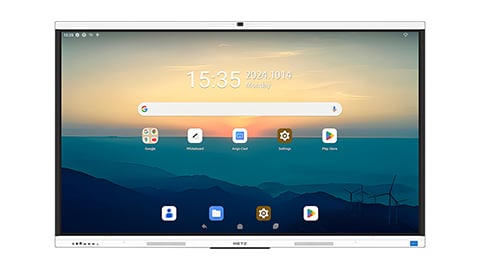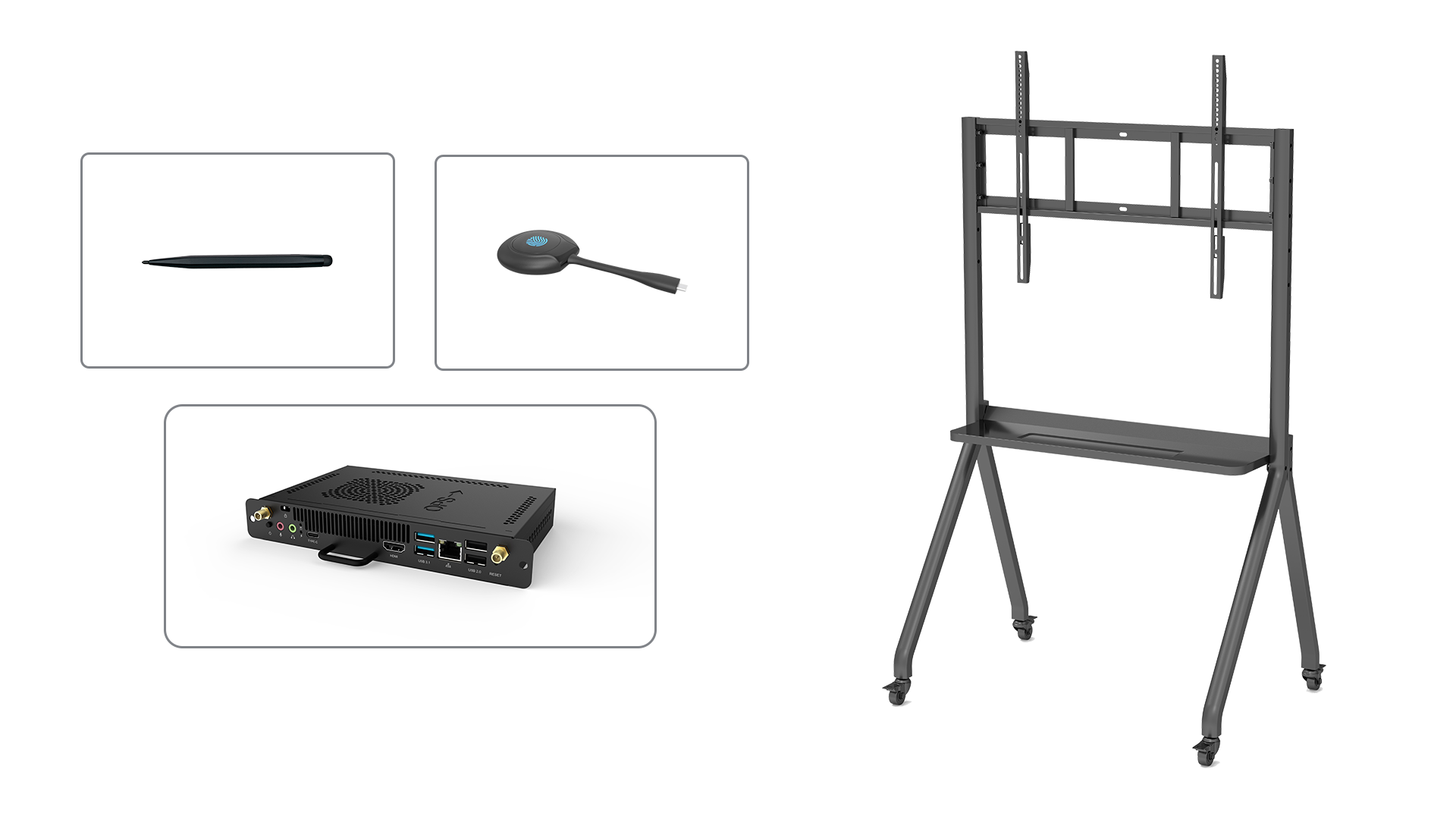Enhancing Learning with a digital smartboard
In this digital age, technology has become an integral part of our lives, and education is no exception. One such technological innovation that has revolutionized the way we teach and learn is the digital smartboard. These interactive boards offer a wide range of benefits for both teachers and students, making the learning experience more engaging, interactive, and effective. This article explores the various aspects and advantages of using a digital smartboard in the classroom.
1. Improved Visual Learning
One of the key advantages of a digital smartboard is its ability to enhance visual learning. With vibrant and dynamic displays, these boards capture students' attention and make learning more visually appealing. Teachers can utilize multimedia resources such as images, videos, and interactive diagrams to explain complex concepts, making them easier to understand and remember. Visual learning has been proven to be highly effective, as it engages multiple senses and improves information retention.
2. Interactive and Engaging Lessons
Traditional whiteboards or blackboards can sometimes be monotonous and limit interaction between students and teachers. However, a digital smartboard changes the game by allowing interactive and engaging lessons. Teachers can use touch-sensitive screens to write, draw, or annotate content, encouraging students to participate actively. Students can also collaborate on the board, working together on group projects or solving problems collectively. This interactivity fosters a more engaging and participatory learning environment.
3. Access to a Vast Array of Resources
With a digital smartboard, teachers have access to a wealth of online resources that can significantly enrich their lessons. They can integrate educational websites, online textbooks, and educational applications directly into their teaching materials. This access to a vast array of resources allows teachers to bring real-life examples, current events, and interactive simulations into the classroom, making the learning experience more relevant and engaging for students.
4. Increased Student Collaboration
A digital smartboard promotes collaboration among students, fostering teamwork and communication skills. With its large display, the board allows multiple students to work together simultaneously, encouraging them to discuss and share their ideas. This collaborative learning environment helps students develop important social skills and enhances their ability to work effectively in groups, preparing them for future endeavors in the professional world.
5. Enhanced Classroom Management
Managing a classroom full of students can be challenging, but a digital smartboard can help streamline the process. These boards offer various features that assist teachers in organizing and presenting content more efficiently. For example, teachers can save their lessons digitally, eliminating the need for manual erasing and rewriting. They can also use features like timers, calendars, and reminders to keep track of lesson plans and classroom activities. This enhanced classroom management allows teachers to focus more on teaching and interacting with students.
6. Personalized Learning Opportunities
Every student learns at their own pace and has unique learning preferences. A digital smartboard caters to individual learning needs by providing personalized learning opportunities. Teachers can tailor their lessons to accommodate different learning styles, incorporating visual, auditory, and kinesthetic elements. They can also use interactive quizzes and games to assess students' understanding in real-time, providing immediate feedback and addressing any misconceptions. This personalized approach to learning enhances student engagement and academic performance.
7. Integration of Multimedia Content
With a digital smartboard, teachers can seamlessly integrate multimedia content into their lessons. They can play educational videos, display interactive websites, or showcase student projects directly on the board. This integration of multimedia content makes the learning experience more dynamic and captivating, enabling students to grasp complex concepts more effectively. It also allows for a more comprehensive understanding of the subject matter by incorporating different types of media.
8. Eco-Friendly and Cost-Effective
Using a digital smartboard is not only beneficial for education but also for the environment. Unlike traditional boards that require chalk or markers, digital smartboards eliminate the need for such materials, reducing waste and promoting sustainability. Additionally, these boards are cost-effective in the long run. While the initial investment may be higher, the savings from not having to purchase supplies like markers and erasers outweigh the initial cost. Furthermore, digital resources can be easily updated and shared, eliminating the need for printing and distributing physical copies.
9. Remote Learning Possibilities
In recent times, the COVID-19 pandemic has highlighted the importance of remote learning. A digital smartboard can facilitate remote learning by allowing teachers to conduct virtual classes and share their screen with students. Through video conferencing platforms, teachers can engage with their students, deliver lessons, and collaborate on the digital board, regardless of their physical location. This versatility enables seamless transitions between in-person and remote learning, ensuring continuity in education.
10. Future-Ready Skills
By using a digital smartboard, students develop essential future-ready skills that are highly valued in today's technologically advanced world. These skills include digital literacy, critical thinking, problem-solving, and effective communication. Familiarity with digital tools and technologies prepares students for the digital workplaces they will encounter in their careers. The use of digital smartboards in the classroom equips students with the necessary skills to thrive in a technology-driven society.






